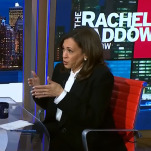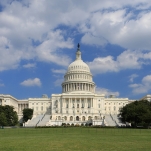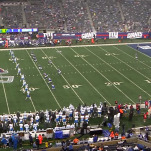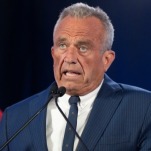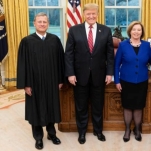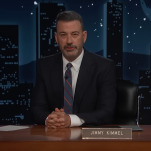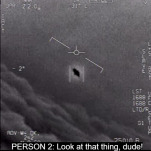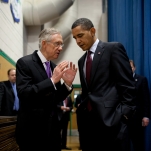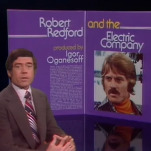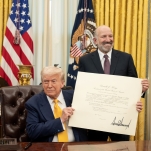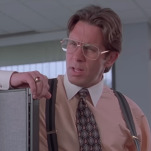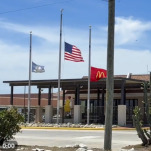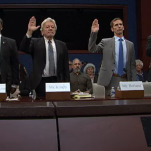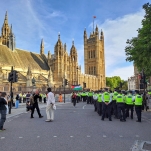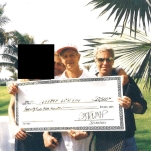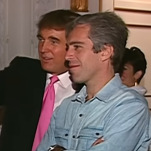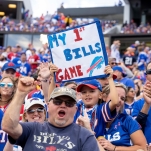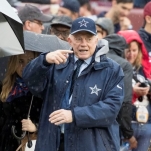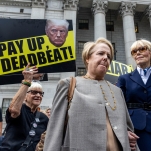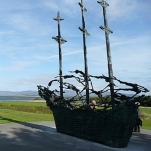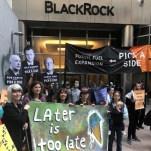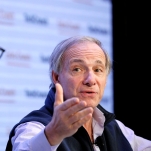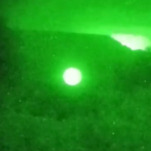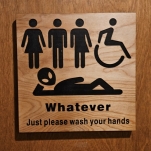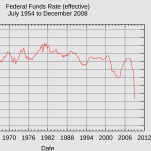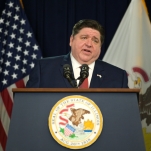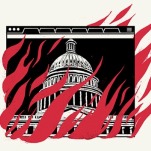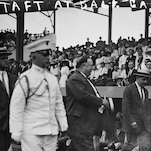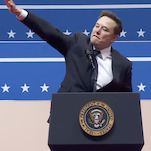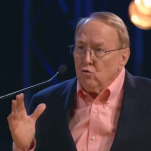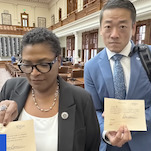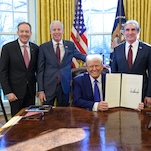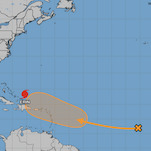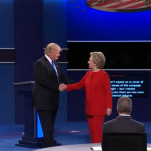How Casey Kasem’s ‘American Top 40’ Democratized Music
When Casey Kasem launched “American Top 40” in 1970, it was an era when AM and FM radio were sharply divided in audience and genre, and black musicians still couldn’t hear their music on most radio stations. By using a trade publication’s mathematical rankings, Casey Kasem helped democratize music across race and genre and exposed thousands of Americans to songs and artists they never would have heard otherwise.
Rich Appel is a writer for Billboard and a professor of radio studies at Seton Hall University in New Jersey. He said one of the most significant numbers on Kasem’s first “Top 40” was “Ohio,” by Crosby, Stills, Nash & Young. The folk rock band wrote the song in the wake of the Kent State Shootings.
“It was a very politically charged song, and a lot of AM radio stations would not play it,” Appel said. FM stations, which catered to a more counterculture crowd, “played ‘Ohio’ like there was no tomorrow.” And so it landed at number 30 on the premiere episode of “American Top 40.”
Kasem’s weekly playlist was based solely on Billboard rankings, which measured the number of plays the song had gotten on the radio and the number of albums it had sold that week. Kasem never amended the list to suit anyone’s interests or politics.
“That was one of the things ‘American Top 40’ did: They wanted to just play the top 40 songs, regardless of what (mainstream) radio was doing,” Appel said.
The formula for the show worked because the American public wanted to know what was popular. For a long time, Kasem’s radio countdown was the only way they could find out. Other stations played a mix of music including the week’s chart-toppers, but Kasem was one of the pioneers of the “countdown” method, where just the most popular songs were played in order leading up to the number-one song of the week. People tuned in and stayed glued to their radios for four hours every Sunday just to hear where their favorite tunes landed on the list and to find out the top hit in America.
“American Top 40” premiered as an AM radio show. At the time, AM radio was mostly syndicated shows with large listenerships, whereas FM radio catered to a much smaller, younger audience. At the dawn of the 1970’s, most FM radio stations played hard rock: Zeppelin, Pink Floyd, Jimi Hendrix and other Woodstock-era standbys.
“There was a big division between AM and FM, and AM was the snappy pop stuff—The Carpenters, Captain & Tennille—they would have Top 40 hits, but would never play on FM radio,” said John Covach, the director for the Institute of Popular Music and a music theory professor at the University of Rochester. Music by black artists and from genres outside of rock and pop were generally relegated to their own stations.
But the Billboard charts didn’t segregate. When “American Top 40” premiered in July 1970, the first song Kasem played was Marvin Gaye’s “The End of Our Road,” followed by a lineup that included Aretha Franklin, the Four Tops, and Stevie Wonder mixed in alongside Bread, Elvis Presley, and the Beatles.
-

-

-

-

-

-

-

-

-

-

-

-

-

-

-

-

-

-

-

-

-

-

-

-

-

-

-

-

-

-

-

-

-

-

-

-

-

-

-

-

-

-

-

-

-

-

-

-

-

-

-

-

-

-

-

-

-

-

-

-

-

-

-

-

-

-

-

-

-

-

-

-

-

-

-

-

-

-

-

-

-

-

-

-

-

-

-

-

-

-

-

-

-

-

-

-

-

-

-

-

-

-

-

-

-

-

-

-







